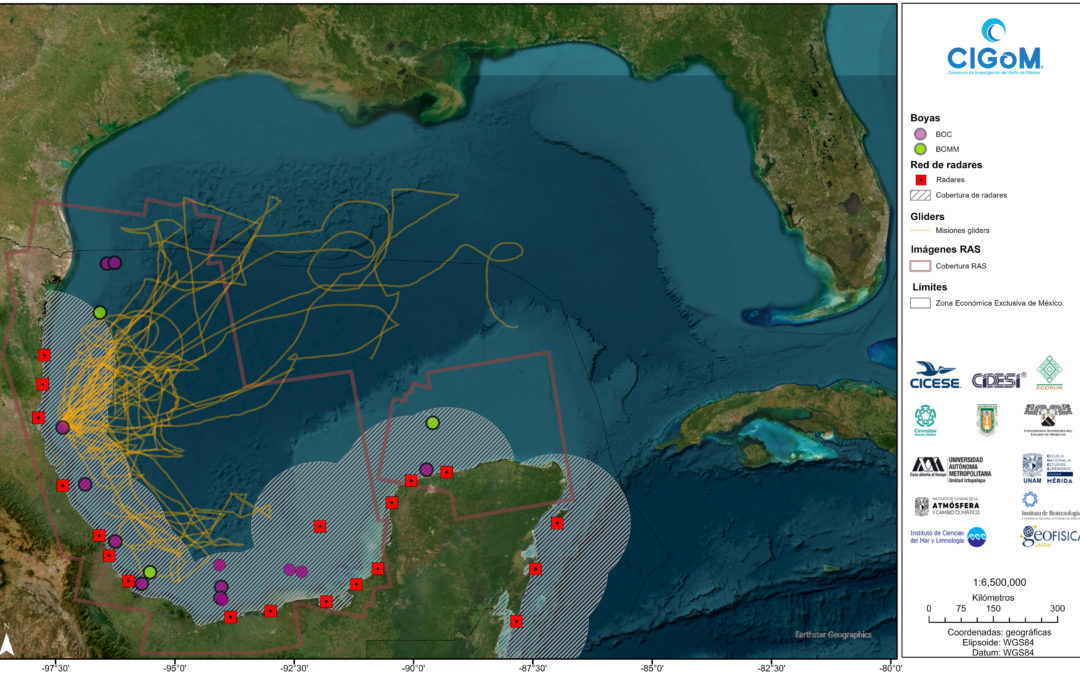Authors: Juan Carlos Herguera, Edward M. Peters, Julio Sheinbaum, Paula Pérez-Brunius, Sharon Z. Herzka, Alexei Licea-Navarro, Francisco Ocampo-Torres, M. Leopoldina Aguirre-Macedo, Victor M. Vidal-Martínez, Hector García-Nava, Tomas Salgado, Rosario Romero-Centeno, Jorge Zavala-Hidalgo, Liliana Pardo-López and Adolfo Gracia
https://doi.org/10.3389/fmars.2023.1091372
Abstract
The tragic accident of the Macondo platform operated by British Petroleum (BP) unleashed in 2010 one of the largest oil spills in history, lasting over three months, spilling nearly 500 million liters of oil in one of the most biodiverse ocean regions. This accident revealed the technological deficiencies for the control of a spill in deep waters of the hydrocarbon industry. Simultaneously it showed important gaps in knowledge to predict the propagation and fate of the large volumes of hydrocarbons at depth and on the surface ocean and, more importantly, on their impact on the great ecosystem of the Gulf of Mexico. The necessity to understand and predict the transport, fate and ecosystem-level impacts of large oil spills in the southern Gulf of Mexico, a key region for oil exploration and extraction, led policymakers, scientists, and industry representatives from PEMEX (the Mexican oil company) to jointly launch an ocean observation project (2015-22) aimed to provide a multi-layered environmental baseline, develop a modern monitoring and computational modeling capacity and promote scientific understanding of the marine environment throughout the Mexican Exclusive Economic Zone (EEZ). The initiative, led by the Research Consortium for the Gulf of Mexico (CIGoM), brought together more than 300 multidisciplinary researchers from more than a two dozen institutions in Mexico and abroad, including the Centre for Scientific Research and Higher Education of Ensenada (CICESE) as the leading institution, the National Autonomous University of Mexico (UNAM), the Centre for Research and Advanced Studies of the National Polytechnic Institute (CINVESTAV) in Mérida, the Autonomous University of Baja California (UABC), and the Centre for Engineering and Industrial Development (CIDESI). Financial support was provided by the National Council for Science and Technology and the Ministry of Energy Hydrocarbon Fund.
Keywords: ocean observations, environmental baseline, ocean and atmospheric modeling, Gulf of Mexico, multidisciplinary project


Recent Comments